
Species at risk
Gros Morne National Park
What is a species at risk?
A species at risk is one that requires special considerations for its conservation. Some species have suffered significant declines in their numbers or distribution and are on the path toward local and, perhaps, global extinction. These species require immediate help while others need attention to ensure they don't start down this path.Why worry about species at risk?
Protecting the full range of life on earth sustains the health and beauty of our planet. A rich diversity of species can be reflective of a healthy and functioning ecosystem.How are species at risk protected in national parks?
Through the Canada National Parks Act, all plants, animals and natural objects in national parks are protected. Parks Canada gives special attention to species listed in the Species at Risk Act (SARA), those that have been assessed as being of conservation concern by the Committee on the Status of Endangered Wildlife in Canada (COSEWIC), and some provincially rare species. Across Canada, including in National Parks, there are special government acts which require us to help and protect Species at Risk.Action planning for species at risk
In Gros Morne we have developed a multi-species action plan to make sure that we are taking steps to ensure the survival of at risk species within the park. The full plan can be found here, but some of the species, the stresses they face, and what we are doing to help are:
- Bats: Little brown myotis and northern myotis
- Newfoundland marten
- Mountain fern
- Black ash
- Griscom’s arnica
Bats: Little brown myotis and northern myotis
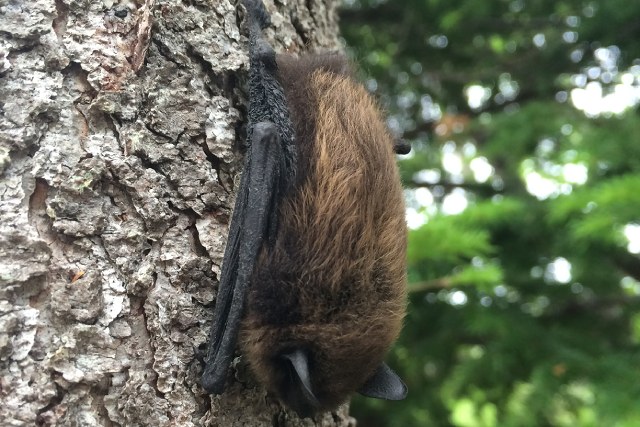
White-nose syndrome (WNS) is a disease that affects hibernating bats. It is a fungus that grows on their skin which disturbs their hibernation. Disturbance during hibernation can result in dehydration, starvation, and in many cases death. In jurisdictions across Canada where the disease has been present for many years 90-95% of bats have died. Bats found on Newfoundland only tested positive for WNS in 2017, but the disease has spread, with more bats, including one less than 1 kilometer from the park, testing positive in 2018. We have been monitoring bat populations in Gros Morne, and though they have declined considerably they appear to be holding on at a lower density.
Newfoundland marten
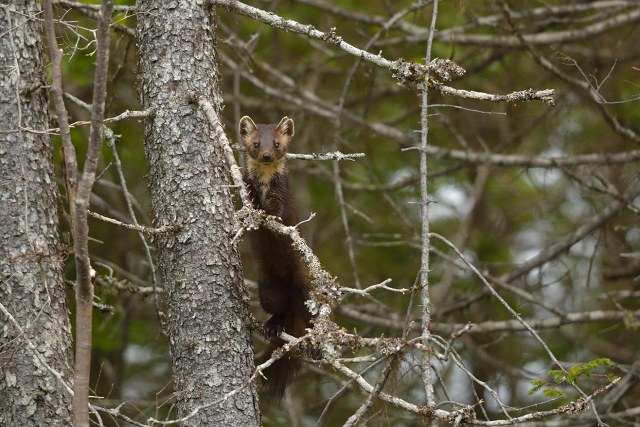
Newfoundland marten are members of the mustelid family (which also includes weasels). They live in mature forests, hunting small mammals and birds, and are superb tree climbers. This subspecies is unique to Newfoundland and suffered such a dramatic decline that it was listed as endangered in the early 2000’s. Gros Morne National Park participated in the island-wide recovery effort by: monitoring marten numbers and distribution; mapping critical and suitable habitat throughout the park; promoting compliance with marten-friendly brass snare wire regulations to reduce risk of incidental mortality due to snowshoe hare snaring; and reducing the park’s moose population to prevent further loss or degradation of marten habitat. As a result of these efforts marten have recovered across most of their range on Newfoundland, including in Gros Morne, resulting in a recommended downlisting by COSEWIC. While marten may look cute it’s their tenacity that has helped them recover!
Mountain fern
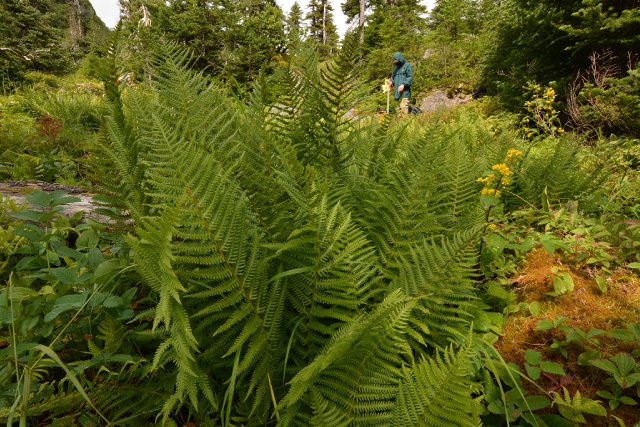
Mountain fern is known primarily from eastern Asia and western North America. In western North America, it extends southwards from the Aleutian Islands and southeast Alaska into coastal British Columbia and Washington. The only known location in North America east of the Rocky Mountains is in Gros Morne National Park, where its presence is limited to a single alpine valley. The isolation and rarity of this mountain fern population makes it very important to monitor and protect. To prevent habitat disturbance and ensure long-term persistence of a viable population, a special preservation zone was created around the area in which the plants are found. Moreover, after a recent population survey where additional mountain ferns were found, this zone was officially expanded to include them.
Black ash
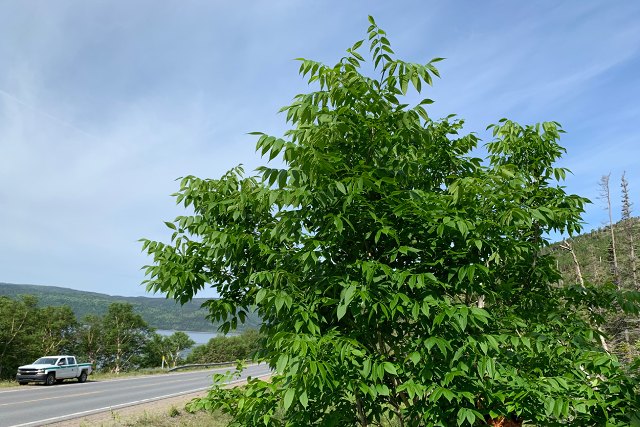
Black ash is the rarest native tree in Gros Morne National Park. It is a medium-sized deciduous tree. It has large, multi-lobed leaves, similar to a mountain ash (locally known as dogberry), and it is most often found on wet soils in lowlands and floodplains. Its range in the province is limited to the west coast of Newfoundland from Bonne Bay to Flat Bay, and east to Springdale. Concern about black ash has increased due to the introduction of the emerald ash borer to North America. This invasive beetle comes from Asia and has had a devastating effect on ash trees from Ontario to Nova Scotia. As a result, black ash is now considered to be imperiled, and though emerald ash borer has not yet made it to Newfoundland, it is important to take precautions and preventive measures to ensure the health of the ash trees in Gros Morne.
As a first step, the forest health team at Gros Morne National Park initiated a black ash survey in 2022. This study has two key goals. First, to map the distribution and the numbers of ash trees in Gros Morne. Secondly, to complete a baseline tree health assessment. Data collected for each tree includes its location, height, diameter, health, amount of moose browse damage, and signs of emerald ash borer.
The survey conducted so far has already confirmed that black ash occurs in more locations in Gros Morne than was previously known, and so far, more than 1600 trees have been recorded in 17 different locations!
Griscom’s arnica
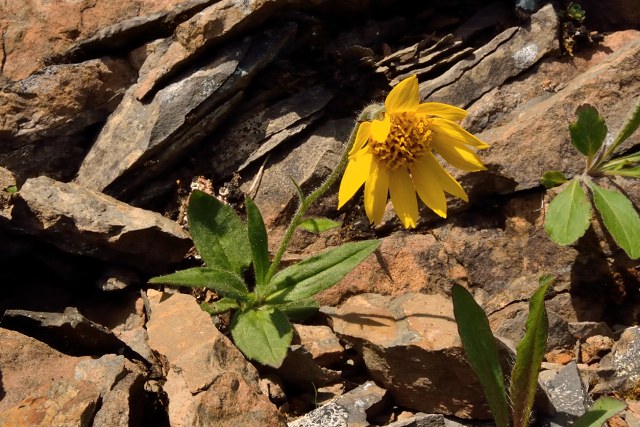
Griscom’s arnica is a medium sized plant in the sunflower family that grows bright yellow, daisy-like flowers. It grows on rocky, calcareous soils such as limestone, and it is found at just eight sites around the Gulf of St. Lawrence, including at three locations on Newfoundland: Port au Choix National Historic Site, St. John Island, and in Gros Morne National Park. Given its restricted range, it was designated as threatened under the Species at Risk Act in 2019. In Gros Morne, a small population of griscom’s arnica clings to the low cliffs surrounding a mountain-top bluff. It grows in dense clusters because it spreads by rhizomes, and is often intermixed with two closely related, similar-looking species: woolly arnica and longleaf arnica.
Related links
- Date modified :